A visual guide to tile patterns and layouts

One tile, so many options.
The standard tile pattern. Classic, traditional and always timeless.

A contemporary twist to the classic. Works best with slightly shorter tiles. If you don’t want to feel super modern with this layout, stick with organic-looking, “handmade” tiles.
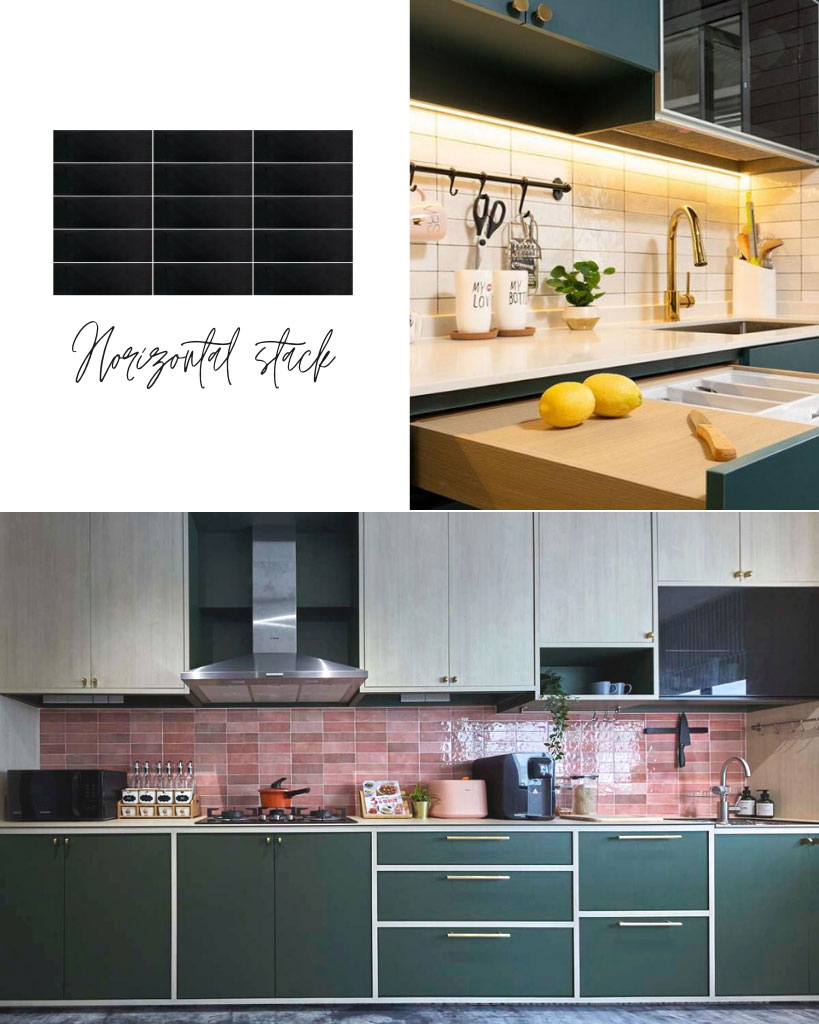
Lends a modern and really graphic element to a space. Great way to accentuate taller ceilings or to make your room seem taller.
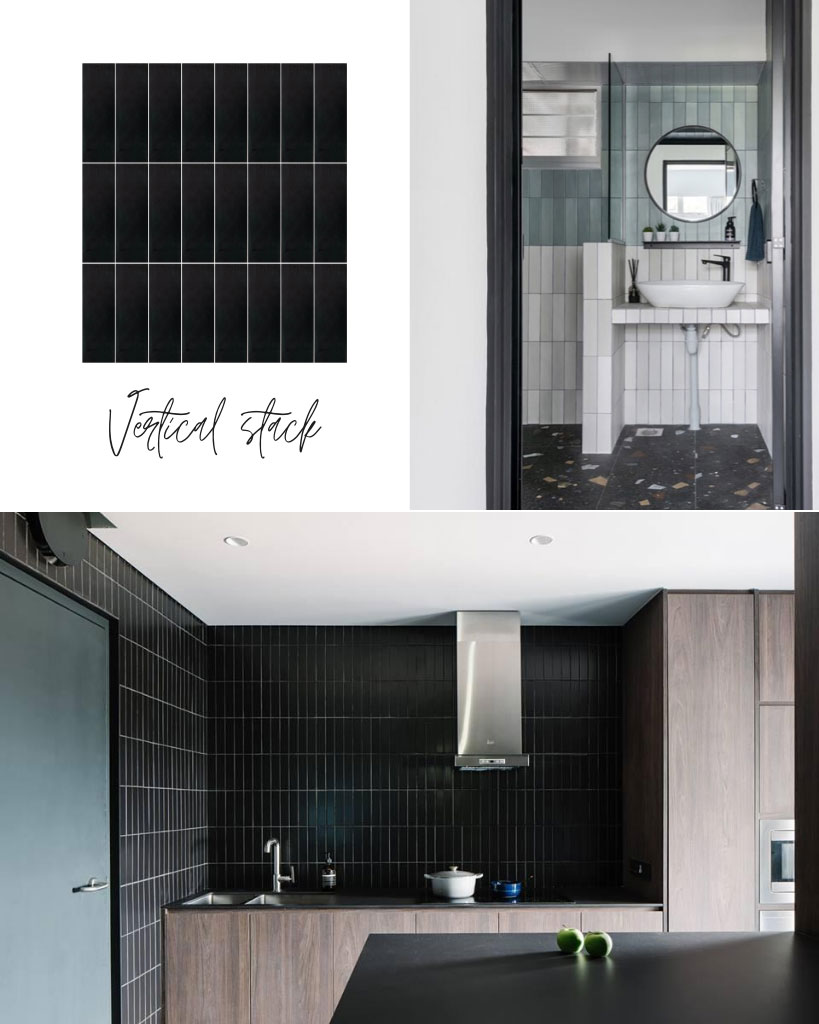
For something visually softer than the vertical stack, offset your tiles slightly. This tile layout also makes things look a little more traditional.
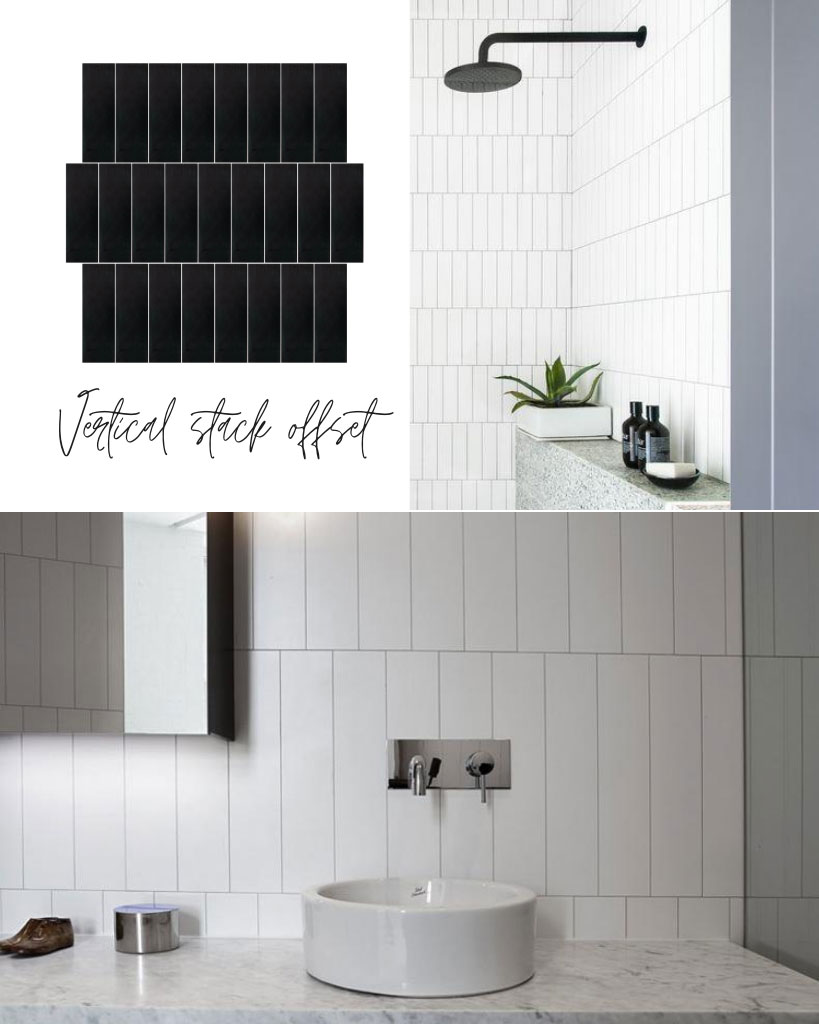
A vertical alternative to the classic running bond pattern. Like vertical stack, it can also lengthen the height of your ceiling
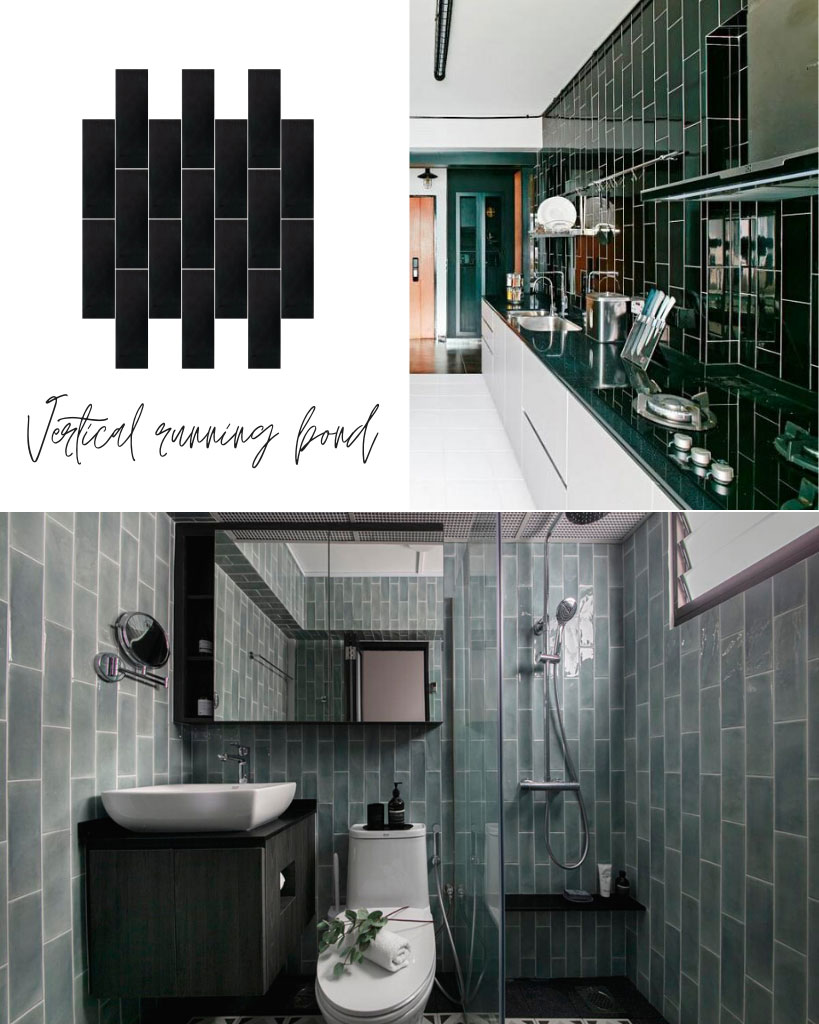
If you want something a little out there, this tile pattern is it. Tiles run similar to the running bond, but are laid out diagonally.
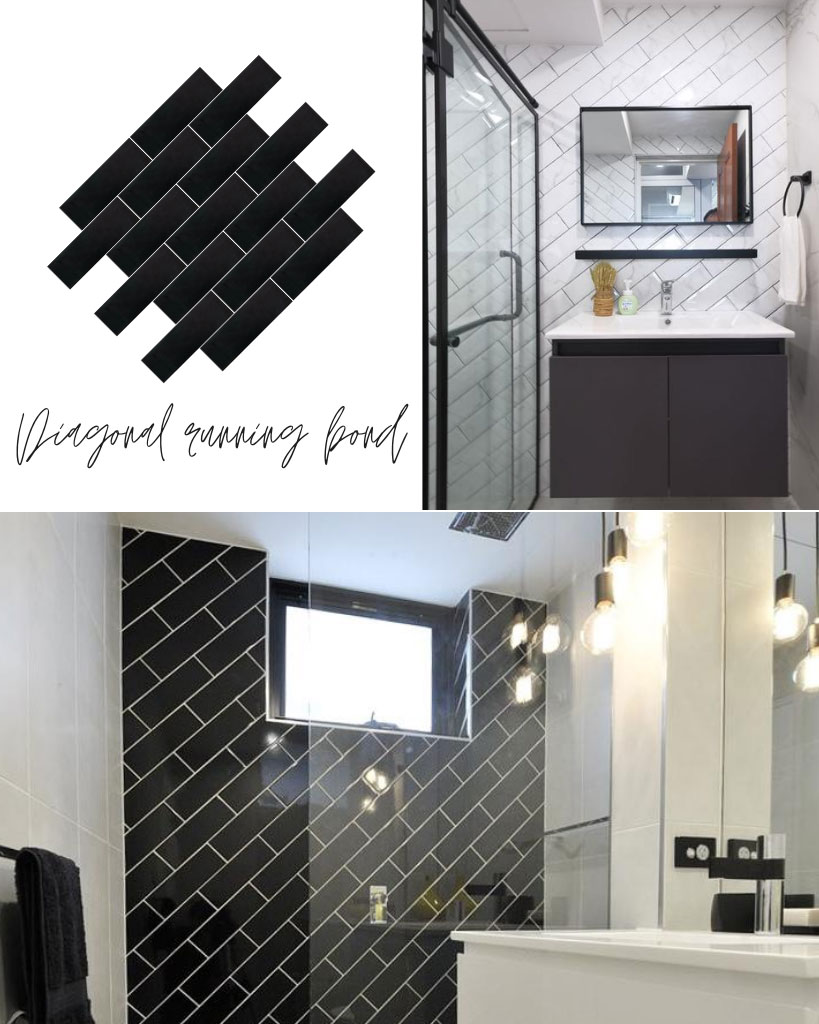
A popular tile pattern that was trendy a couple of years back although it has transcended its hip status to become quite a classic.
Stick with simpler looking tiles. A contrasting grout will make the herringbone pattern pop.
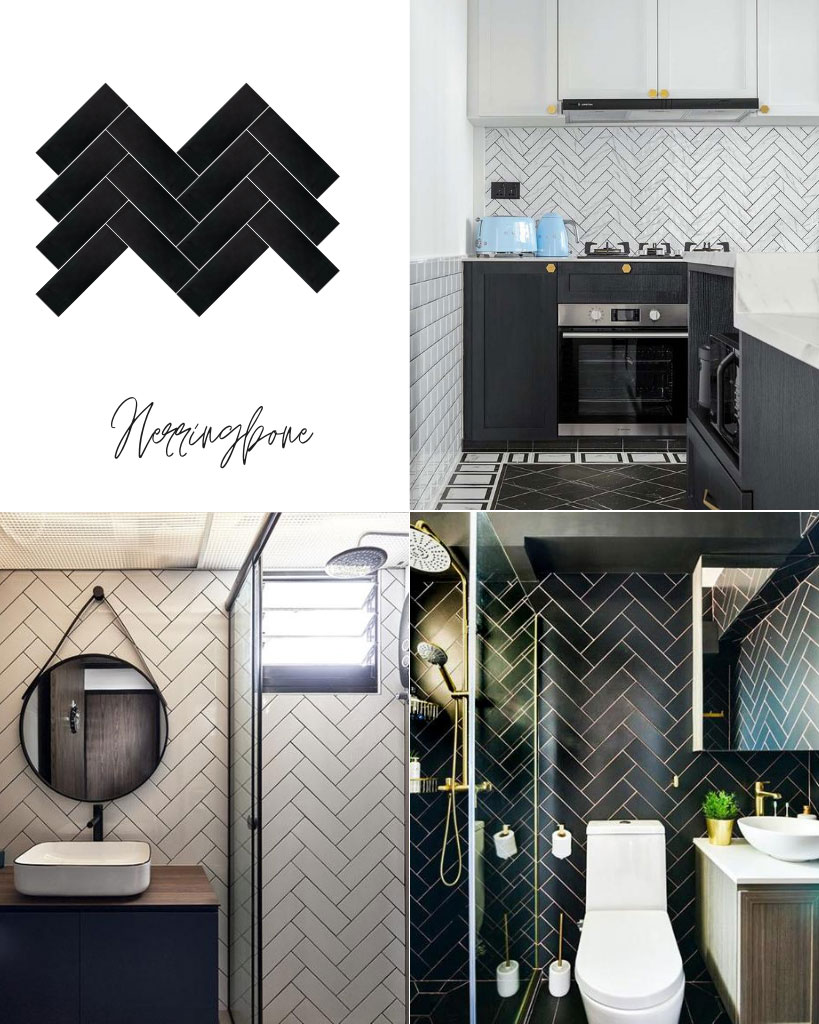
A more modern take. Much easier to lay than the standard herringbone pattern. Tiles are set at 90-degree angles to one another.
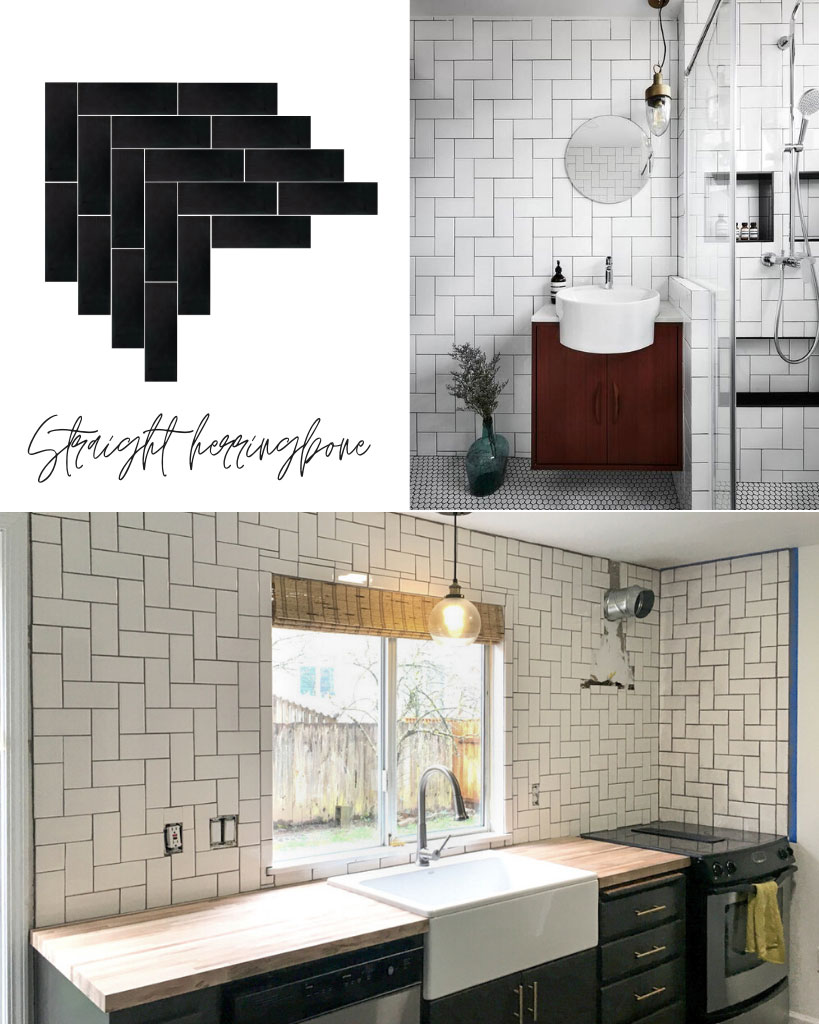
A refreshing way to enliven the classic herringbone pattern. Tiles are laid in a 45-degree angle, resulting in “arrows” that draw the eye either left or right.

Less conventional, but will be lovely for a country style or a more traditional setting. If you want to use it in a modern home, go with simple, neutral-toned tiles.
In this pattern, tiles are laid in alternating grids and look like weaves on a basket.

This article was first published in Renonation.